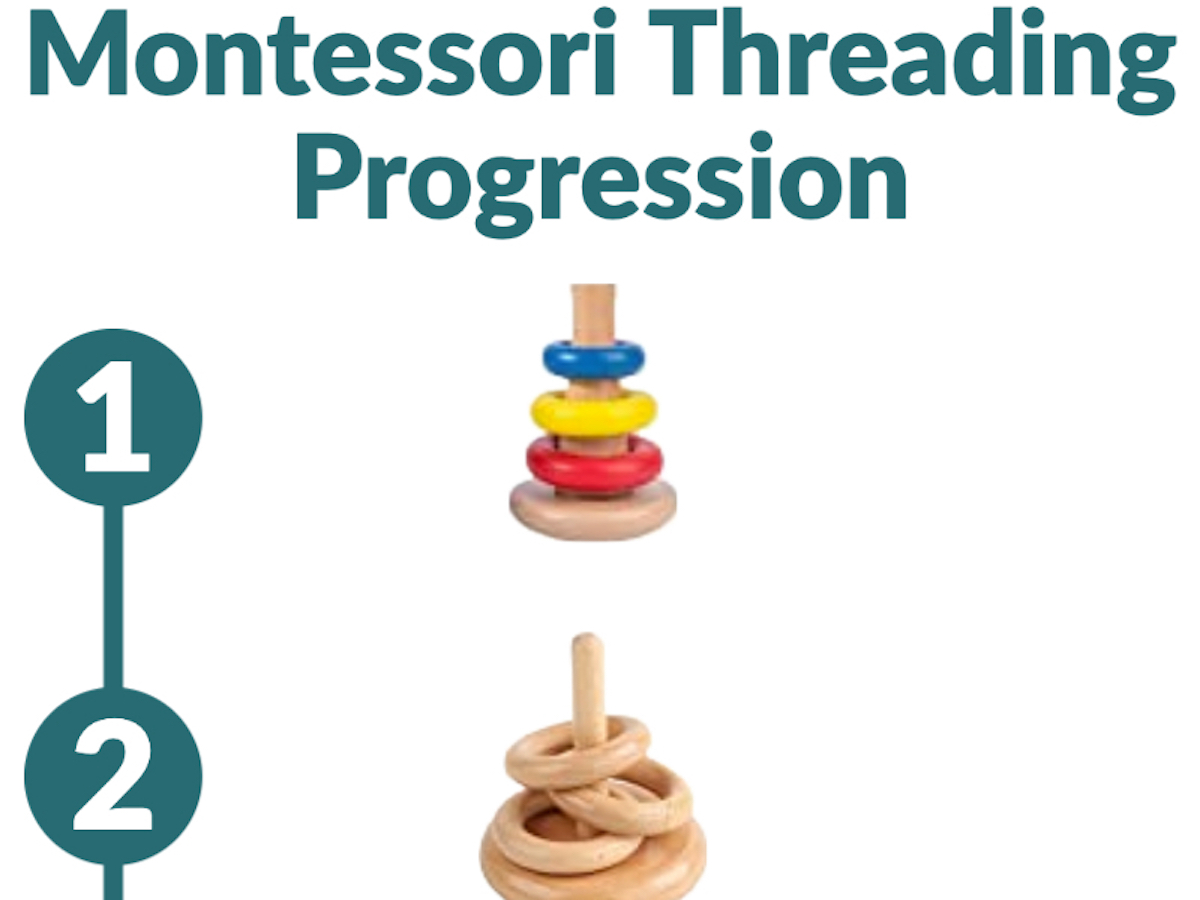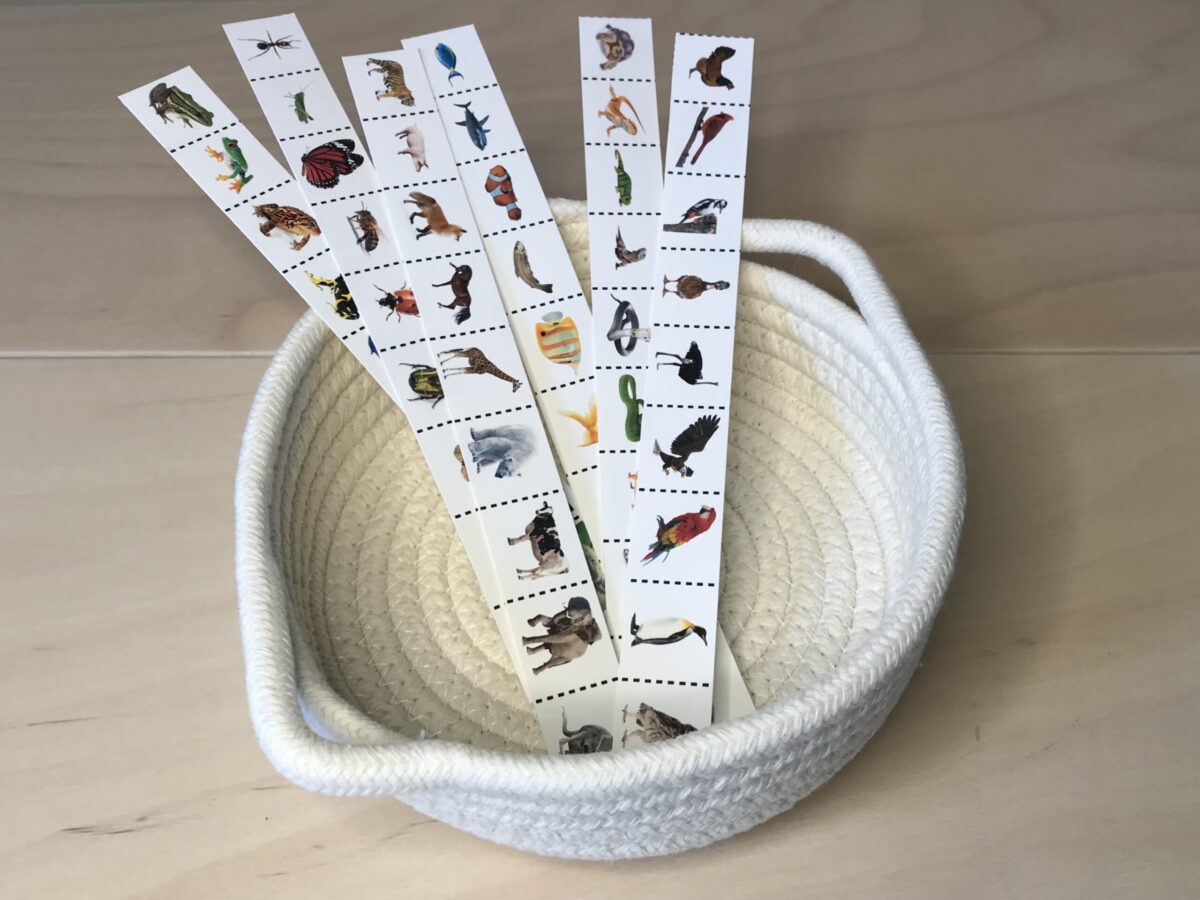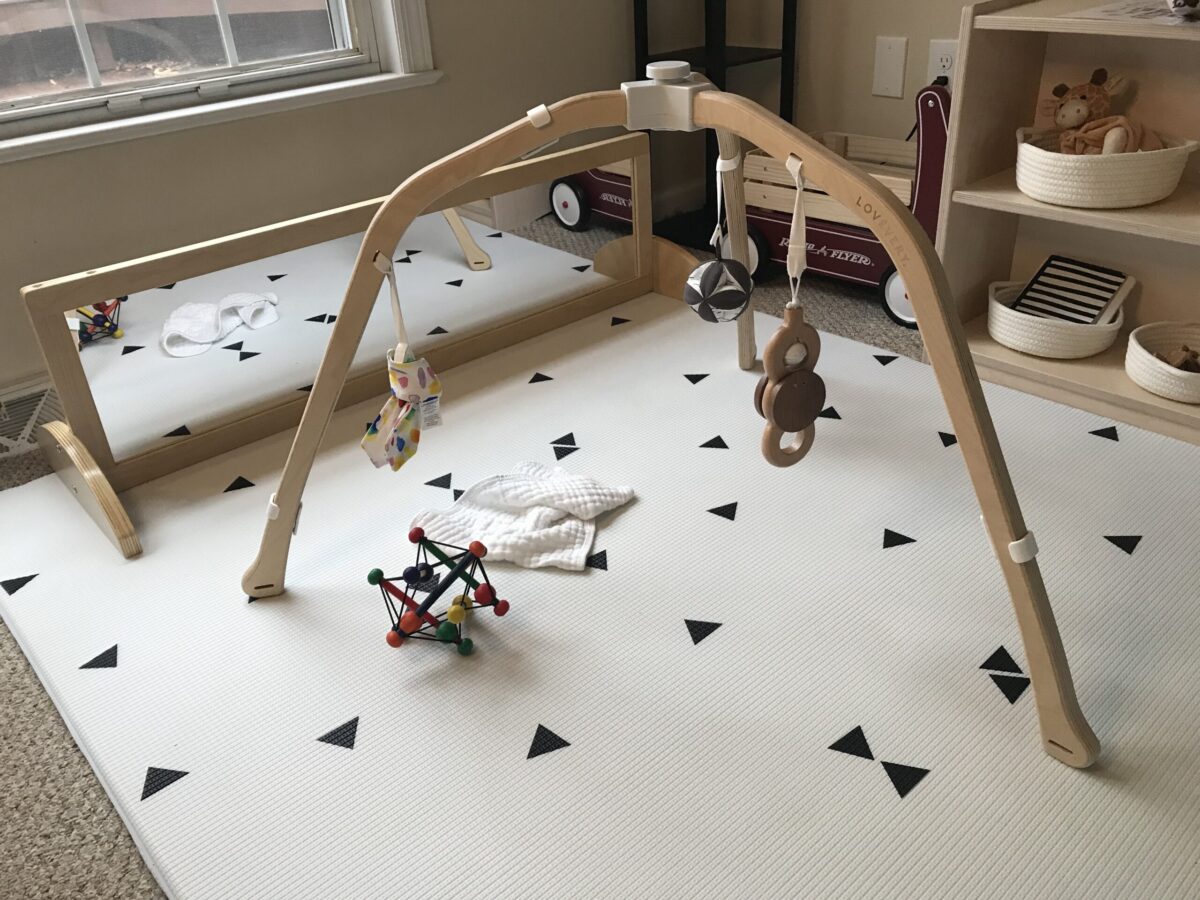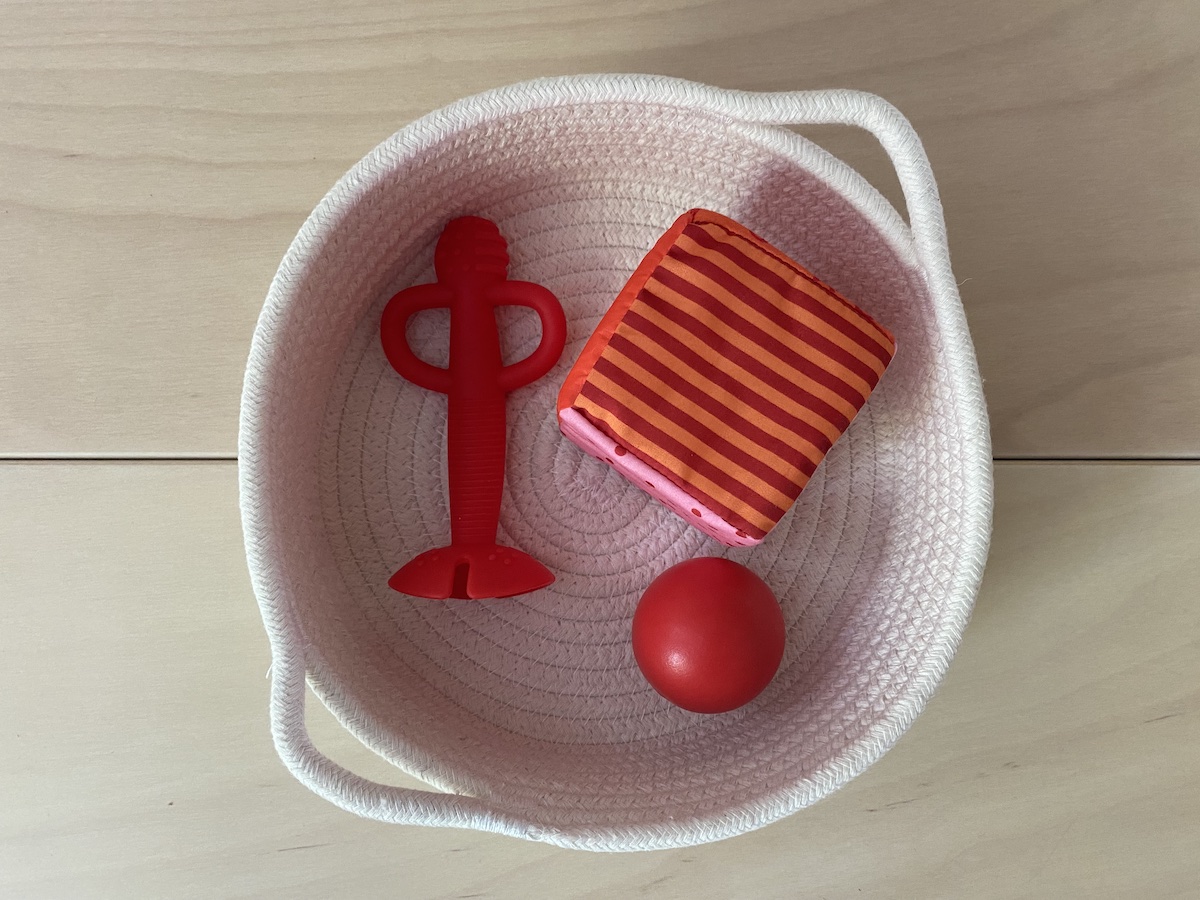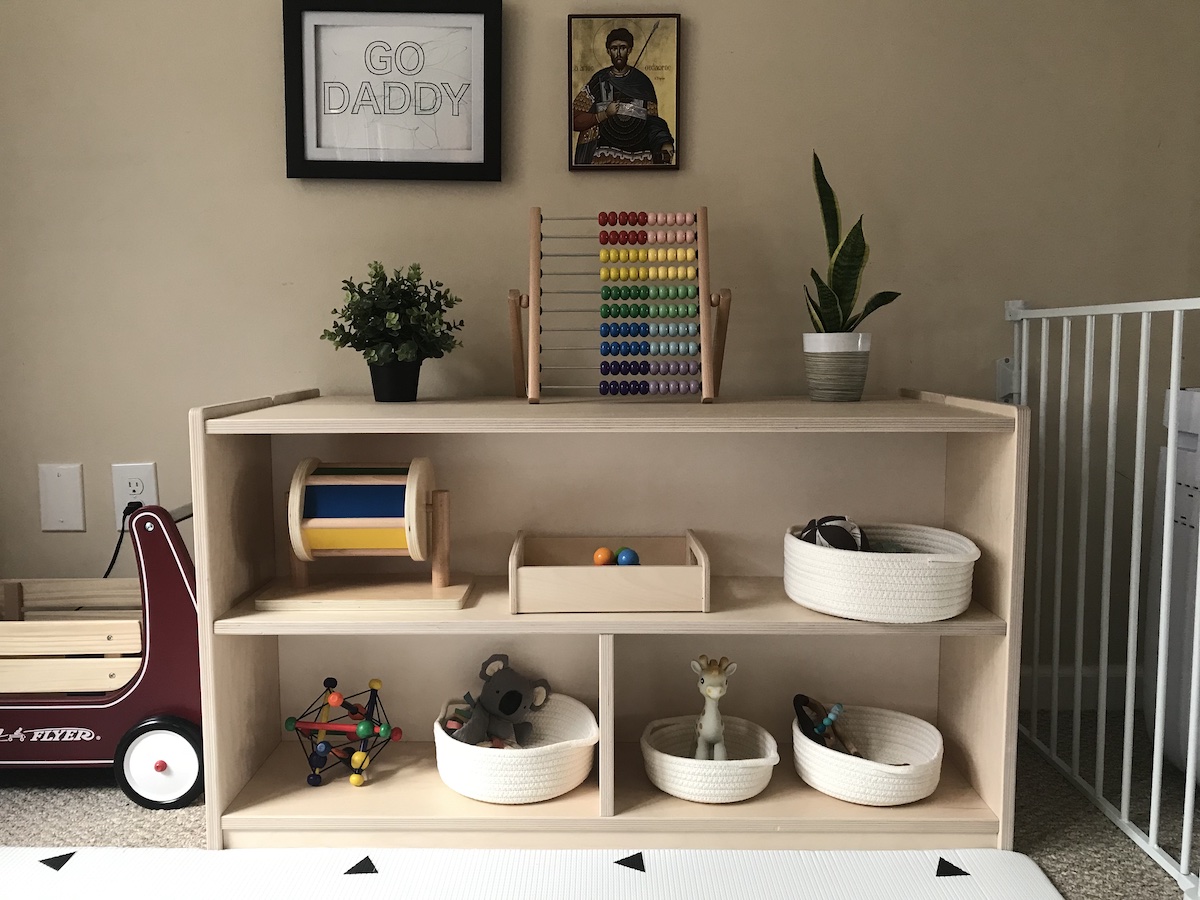
This post may contain affiliate links. This simply means that I will earn a small commission, at no cost to you, if you purchase through a link. I would and have recommended all of the products I list even without a link.
For Valentine’s Day, I saw the cutest “I love you to pieces” arts and crafts project. (Check it out here) The project involves cutting a paper heart and pieces of construction paper or tissue paper, and then gluing it back together into a card. This got me thinking: “When do babies learn to cut?”, “What progression does the skill develop?”, and of course “How can I support this development?”
Required Skills
In order to cut something, a child must be able to independently control their fingers and thumb to hold the scissors, coordinate both sides of their body to hold the paper while cutting, and maintain enough attention and dexterity to keep the scissors along a line. We can expect to see interest in cutting around age 2. Before then, that Valentine’s Day activity can be done by ripping paper and putting it on a sticky surface.
Scissor Skill Progression
Remember, the milestones listed below are for the average kid. If you’re concerned, talk to your pediatrician.
1. Opening and Closing Scissors
At age 2-2.5 years old, a child will begin to open and close scissors. This seems like it would involve paper, but they aren’t ready for that. Instead, practice scissor skills with play dough or pieces of string. You can poke a hole in the top of a jar to thread the string through. Then, a child can to pull the string out, cut a piece, and put it in a separate bowl. Most kids at this age are interested in containment, so this activity takes advantage of that and stays interesting.
A note on choosing scissors: Loop scissors are perfect to start because they require less strength and there are no finger holes. These can be great long-term for kids who need more support. Eventually, you should move on to training scissors. I like the Fiskars Training Scissors because they are spring-loaded to open after each cut, but when the child can do it independently, you can flip a lever and they become normal toddler scissors.
2. Snipping Paper
As soon as a child is comfortable with cutting play dough or sting, you can move on to paper. This is around 2.5 years. They aren’t able to move the scissors forward, but they can cut things. To support this, we can provide thin pieces of paper to practice with. I made a worksheet of various real photos of animals. Simply cut the worksheet into long strips and give it to your child to practice snipping. You will probably have to hold the paper at first until bilateral coordination is better developed.
3. Moving the scissors forward
At age 3-3.5, a child can hold the scissors correctly (thumbs up!) and hold the paper steady while cutting along a 6-inch line. Their cutting won’t be accurate, but it should be within 1/2 inch. The accuracy will improve with more practice. Worksheet-wise, your child is ready for level 2, or straight lines of varying lengths. Again, we’re sticking with real photos of animals to increase exposure and beauty.

4. Curved lines
At ages 3.5-4, a child will start to cut on a curved line. Their accuracy continues to improve and we can expect the cuts to be within 1/4 inch of the line. The curved lines will eventually lead to cutting out a circle. We have our level 3 cutting activity ready to support you at this step. The pointed line is the easiest, the curved line is in the middle, and the mixed sheet is the most advanced. Similar to the level 2 worksheets, I’ve made versions for the different types of animals so you can choose which is most interesting to your child.

5. Cutting other shapes
Once the curve is mastered, around age 4-5, a child will start cutting other shapes. The hardest shapes are squares and rectangles because of the right angles. It can be difficult to turn the paper that far without turning the arm. Be prepared to show your little one how to do it or to help turn the paper until they master it.

